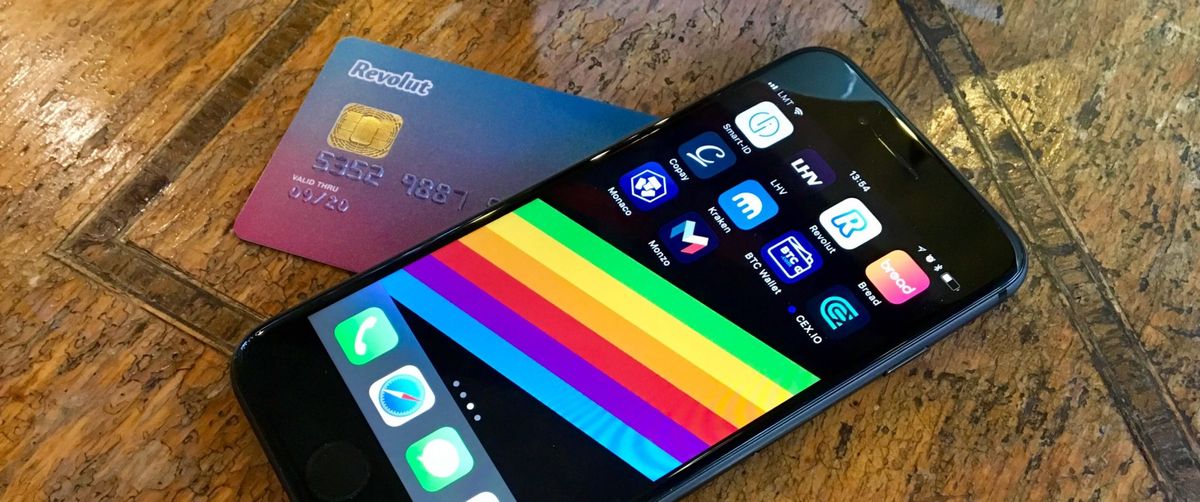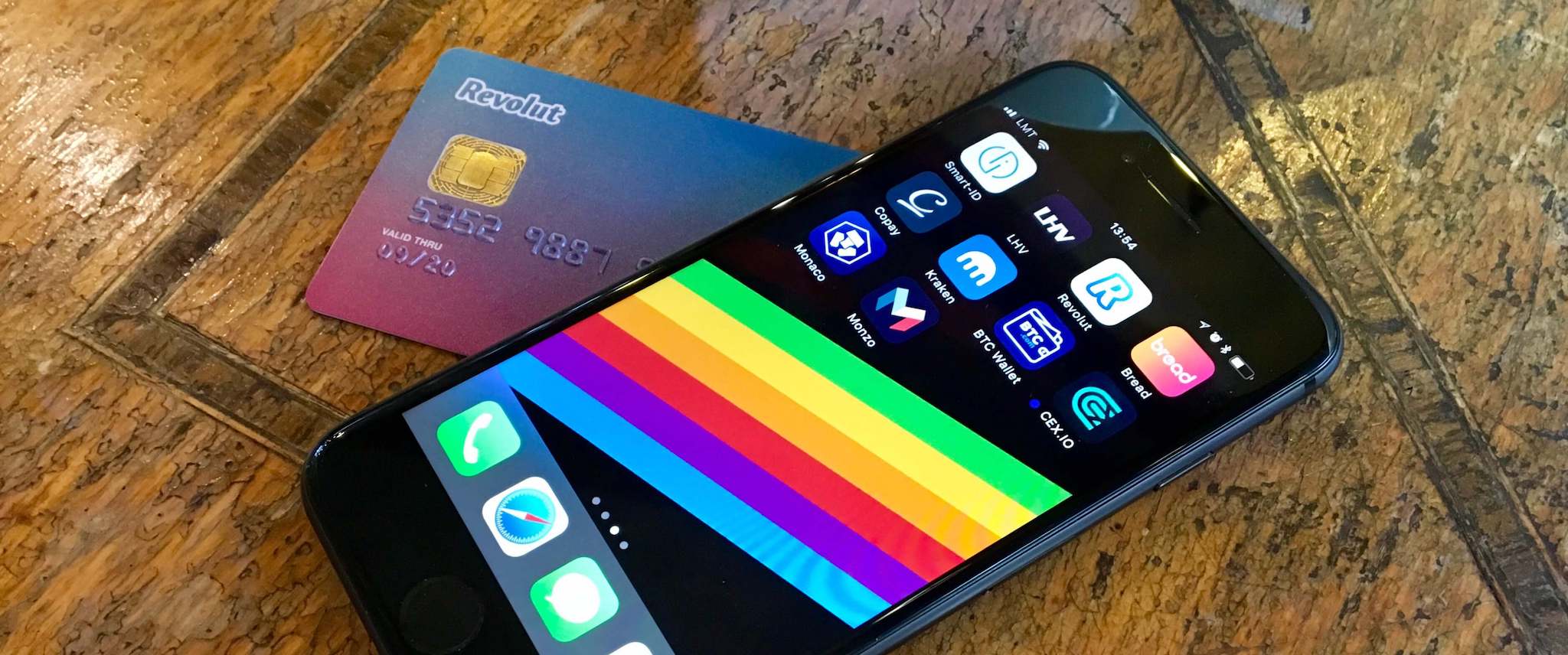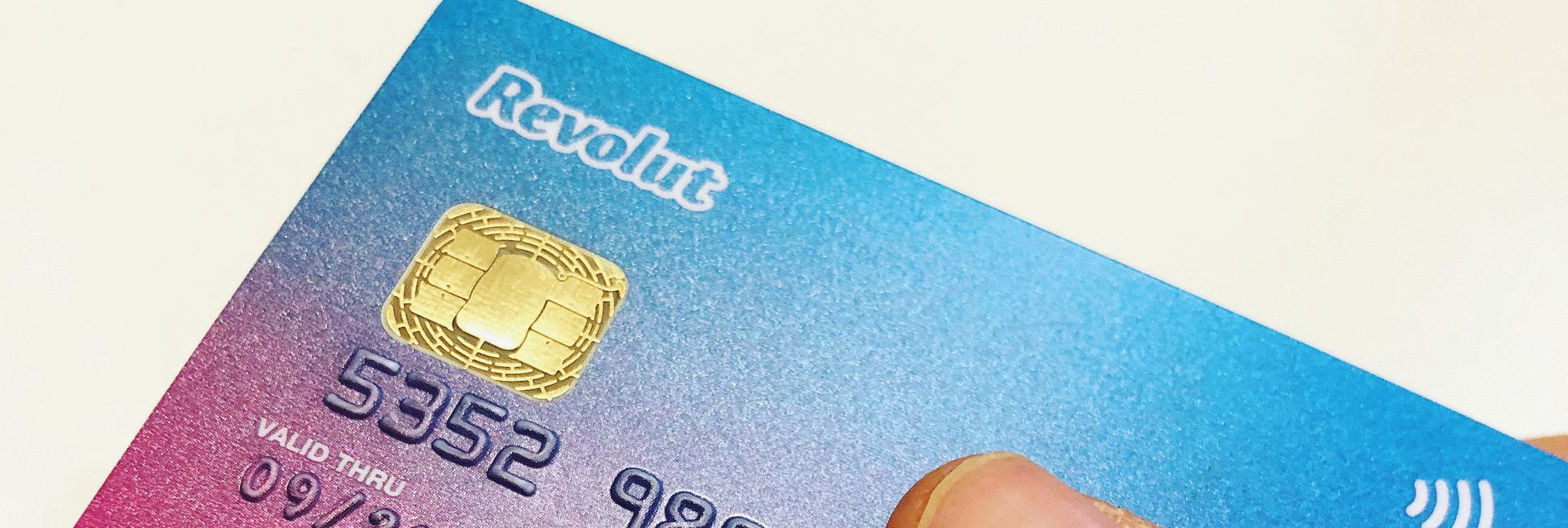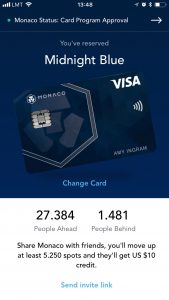The Digital Banking Revolution And What It Means For Digital Nomads

Ultimately, technology disrupts everything. Uber, Lyft and others have seriously unsettled the traditional cab industry and, eventually, will make it disappear. AirBnB did the same with apartment rentals and the hotel industry. This phenomenon has most certainly arrived to banking too. Here, I want to discuss what the digital banking revolution means, and explore digital banking alternatives for digital nomads.
Concretely, I want to talk about services like N26, Revolut, Penta, Monzo and others, based on my experiences.
Reasons Behind The Digital Banking Revolution
Companies like Uber or AirBnB exist for a reason. They greatly improved a service that was stagnated for many years, offering a better solution to an underserved market. If you have ever taken a traditional taxi or have spent the night at a disgusting hotel room, you know what I’m talking about.
Also, they allowed a whole new market to emerge in a more democratic scenario. Everybody can sign up to drive for Uber or rent one room or their entire house at AirBnB.
Some may argue this is not a good thing. However, in my humble opinion, democratizing a service is always positive if the right safety mechanisms are in place.
In my view, no industry is more obsolete and disconnected from the needs of the younger generations than the banking industry. Indeed, millennials not only don’t trust or even hate banks, but clearly reject home ownership and are pushing towards destroying the banking industry as we know it.
I think we all can agree that this is actually the banks’ fault. During the last decades, we’ve witnessed a completely disproportionate rise of the corporate capitalism greed and aggressiveness. The consequences shaped and defined the late 2000’s and early 2010’s, from the financial crisis and the Occupy Wall Street movement to Bitcoin and the emergence of cryptocurrencies.
Apart from the individual or personal disillusion of youngsters with the banking industry, there are also important ideological considerations. If you have the chance, I recommend you to watch the movie Requiem for the American Dream, where Noam Chomsky discusses on the deliberate concentration of wealth and power in the hands of a select few and its implications for our current and future economy.
Regardless of how much you agree or disagree with Mr. Chomsky, he makes some pretty good points here.

Traditional Banking And Digital Nomads
In Spain, I own an ING Direct account. When I decided to become a digital nomad and travel the world, I filled a form to inform the Spanish Tax Office that my tax residence was no longer in my home country.
Some days later, I received a furious email from my bank telling me that I needed to update my personal data, threatening me with closing my account if I failed to do so.
The fact that I had changed my tax residence was a real problem for them.
Indeed, the tone of the email seemed to indicate that I was about to start a money laundering business or finance Al-Qaeda.
Unfortunately, their web interface had a serious bug that prevented me to update my personal data. Their phone support couldn’t help me with that, so I was left to deal with their technical support via email.
Even though their website and App are hideous, ING Direct has a reputation of being the “online bank”. As a result, I was certainly expecting this experience to be a lot better. It actually took me two months sending documents and IDs back and forth via email to finally get to the conclusion that I was OK and my money was safe in their account.
However, this experience left me with a restless feeling. Needless to say, as a digital nomad, I didn’t want to go through this process every time I changed my location.

Enter The Digital Banking Revolution
By the time, TechHub -a startup community we were members of- received a pack of Revolut cards. Admittedly, I had not heard about them before, but I decided to pick one and do some research.
The card was associated to an app that allowed you to open a multi-currency bank account and use them all with that same card. Everything was done via a mobile application. Having a look at this application, I got the same feeling that when I started my company in Estonia:
I felt like I had been living in the XIX century and suddenly had landed in the present day.
When I started to operate with the card, I realized how different this new banking experience was. Furthermore, it was clear that these guys where not worried about where do you live, or where do you pay your taxes. That’s your business, and your responsibility. No visits to the bank office to sign papers, no faxes, no bullshit.
Instead, you have a well-secured mobile app, digital signatures, immediate bank transfers, geographical independence, multiple accounts linked to your card, in multiple currencies, the ability to freeze and unfreeze your card with a single click…
This is the future. Especially for digital nomads.
It’s important to understand the difference between this experience and traditional banks. All of them have some kind of digital presence nowadays. However, there’s a huge difference in terms of execution, freedom, and technology.
How Do They Work?
All these services work very similarly.
They offer you a debit card -usually a Mastercard- and associated IBAN account number. In some cases, these accounts have real IBANs and SWIFT codes like any traditional bank account. You can then top them up by transferring money from other accounts.
Once topped up, you can use your card like you would use any other card: withdrawals at ATMs (usually free of fees), online purchases, paying at restaurants and shops, buying a coffee at your favorite cafe, etc…

Due to the KYC (Know Your Customer) policy, all these services require you to identify yourself one way or another. The process here is what really makes a difference between them. In my case, I decided to use my Latvian residency ID when registering. It’s a valid ID, and it’s issued in collaboration with the Spanish authorities. I wanted to find out how flexible these services were.
It’s important to understand that these online banking companies don’t have a banking license sometimes. This means that you may not have the 100,000€ deposit guarantee covering your funds in case the company goes bankrupt.
Some of them do offer this guarantee, though. Monzo accounts are already protected by UK’s Financial Services Compensation Scheme (FSCS). This means that your money is protected up to £85K. Revolut has applied for an European Banking License. This is big deal, because if granted, they will be a full bank and your account will be protected with 100K € thanks to the European Deposit Protection Scheme (EDPS).
Digital Banking Alternatives
Thus, without further ado, let me describe the alternatives that I have tried for digital banking.
Revolut
As I described, Revolut was the first digital banking service I tried. The sign up process is pretty straightforward. You install the App, sign up, order your card and activate it once it has arrived. This card, although pre-paid, is a wireless card with a beautiful design, and works flawlessly most of the times.
Probably the fact that I had access to the card beforehand has made the process a lot easier. However, you can easily get one delivered to you for 5-6€ (depending on where you live). No waiting queue.
In the case of Revolut, the KYC registration process was completely effortless. I was able to do everything within the app in matter of minutes.
First, I had to fill some personal information, like my name, country of residence, nationality, etc. Then I had to upload a photo of my ID. Finally, I was required to upload a document that proved that I was living in the country of residence I specified.
Revolut had no problem whatsoever with my Latvian Residence ID. Just an hour later, I topped it up with a salary from my Estonian company and started to test it on restaurants, ATMs, etc…
The best thing about Revolut is the fact that you can open a virtual bank account (with valid IBAN and SWIFT numbers) for every currency they support. Then, you can top up every account with money from every currency and transfer it between them with no fees. In my case, I have accounts for US dollars, Euros, Indonesian Rupiah, and British Pounds to name a few, all associated to my Revolut account.
Update: I have been using Revolut for more than a year now, and I’m quite happy with it. They offer a premium plan with overseas medical insurance. Unfortunately, as I explain in this article, that’s not very useful for digital nomads. However, the premium plan has also disposable virtual cards that makes it worthwhile.
N26
N26 is a German startup offering digital banking services. I think they were one of the very first players in the arena. They actually have the banking license.
Unfortunately, I can’t recommend N26. Actually, I currently don’t own a N26 account. The registration process was so awkward and cumbersome that I opted for better, more user friendly alternatives like Revolut.
Finally, after three attempts, I was able to open an N26 account. The process is terribly complicated. The first time I tried to open my account, I was in Riga. I went through the interview thing only to find out the had “lost” the record, so I was asked to apply again. I was so frustrated that I opted not to.
Then, one year later, while staying in Bali, I decided to give them another chance, because it’s a good idea to travel with two cards when you are a nomad.
Again, their verification process proved to be so difficult, I was this close to give up and look for another alternative.
The problem is their interview process. First, you really need a good connection, and that’s a problem in Bali.
Secondly, the process itself is complicated and demanding: hold your ID this way, now move it this other way so it shows this detail or this watermark, now turn your phone to landscape mode, etc… All this while holding the ID with one hand and the phone in the other, staying as close as possible to the router so I would get enough reception.
Third, the process seems to be designed by a sadist. The app decided that my connection was not good enough halfway through the process in three occasions. Other times, I could not actually show the ID in the right position, and there was no help whatsoever on what I was doing wrong. Other times, the instructions just were impossible to follow with no free hands.
Then, there’s the ridiculous interview process. You need to patiently answer the stupid interviewer’s questions, while holding your ID in front of your face in multiple positions to be photographed. Of course, they don’t like digital nomads (?), so I lied and told them I was living in Spain. It actually felt more like an interrogation than opening a bank account.
At least this time, they didn’t lost the record, so my account got verified.
I’ve been using N26 for almost a year now, and I have to say it’s OK, but not worth the hassle. They offer a EUR account with German IBAN. Recently, they announced IBANs from other countries, such as Spain, but that’s all, an EUR account. Thankfully, their card is a proper debit card, not a pre-paid one, so at least in this area, they are better than Revolut.
Their app is OK, but not great. It feels laggy, and I suspect is a web wrapped as a mobile app. The Revolut app is years ahead.
Overall, as I mentioned, not worth enduring their nightmarish verification process. Get a Revolut card. You’ll thank me.
Crypto.com (Formerly Mona.co)

Crypto.com (previously Mona.co) launched a very interesting digital banking offer. Unlike their competitors, they don’t offer an IBAN and associated debit card, but a cryptocurrency account and a card allowing you to make payments or withdraw your crypto from an ATM. They also have a token-based coin you can buy, sell and trade for fiat currency or other cryptocurrencies like Bitcoin or Ethereum.
They have different cards, from the basic one (Midnight blue) to most premium one (Obsidian black). Except for the Midnight Blue, the rest of the cards require an investment in their coin. Interestingly enough, these cards give you back a variable percentage (1-2% depending on card) of your transactions in this cryptocurrency.
The idea is amazing: having a card to spend your crypto. It’s the perfect way of handling your virtual assets and interact with the “real world” out there. Pay a coffee or buy a new pair of jeans with crypto? You name it!
Sounds good right? Perhaps too good to be true. Recently, after more than a year waiting, I closed my Crypto.com account. The reason? Apart from the name change, they’ve done anything in one year. Nothing. I still have 27,384 people ahead of me, waiting in the queue to get their cards.
I doubt they will ever get them, and given that Revolut added crypto assets to their platform, and plan on allowing you to use the card with it, I just got tired of waiting for this wonderful card that never arrives and a promise that’s never going to be fulfilled.
Monzo
Monzo is similar to Revolut, but it’s UK-based, and offers you a UK current account. As a result, your money is in British Pounds. This is one of its main drawbacks for me. If you aspire to replace traditional banking with a digital solution, you cannot restrict yourself to the UK, specially with the Brexit.
One of the main advantages of Monzo is that they offer full FSCS protection, meaning that your money is safe up to £85K.
The registration and KYC process was easy and smooth in my opinion. My only gripe is that once registered, you have to top your card up to 100 pounds. Conversely, Revolut lets you start with virtually no money for as long as you want.
Anyway, I recently closed my Monzo account. After the brexit, a bank account in GBP from a UK bank is not really useful for a borderless nomad.
The Winner
First, the easy discards. Don’t waste your time with Crypto.com or Monzo. N26 has a great card, but my suggestion is to stay away from it. Their verification process is so gruesome, it’s almost (I said almost) better to open an account in a traditional bank.
Thus, the real winner for me is Revolut. The registration process is a pleasure, and the App is simply amazing. Apart from that, the fact that you can have different accounts for different currencies, and transmit money without fees between them is a game changer.
I have used my Revolut card for everything, from trading Bitcoins to paying at restaurants. From buying flight tickets to getting money from ATMs. The only time that I was not able to use it was on a Norwegian Airlines flight to buy a coffee. As I had withdrawn some money from an ATM before, it was not big deal for me.
However, I would advise you to carry another card with you. If you feel you can do it, try opening a bank account with N26. Their card is quite good. With both cards, you will make sure you won’t be left in the lurch.
Conclusion
In this article, I talked about the digital banking revolution and how traditional banking is becoming obsolete in a progressively decentralized world. For digital nomads, digital banking solutions are the way to go. I also compared four available digital banking solutions based on my experiences.
Any questions? Are you part of the digital banking revolution and want to share your experiences with us? Don’t hesitate to do so in the comments!




Comments ()